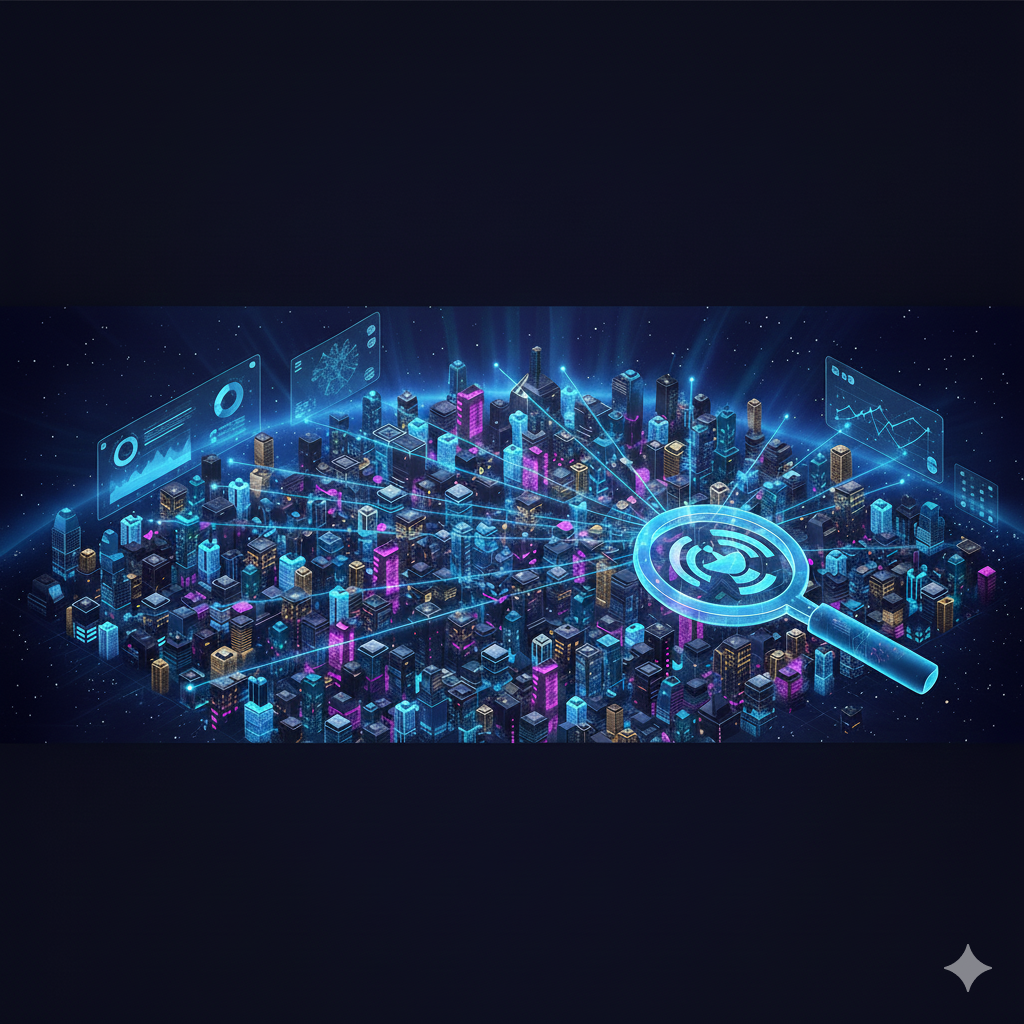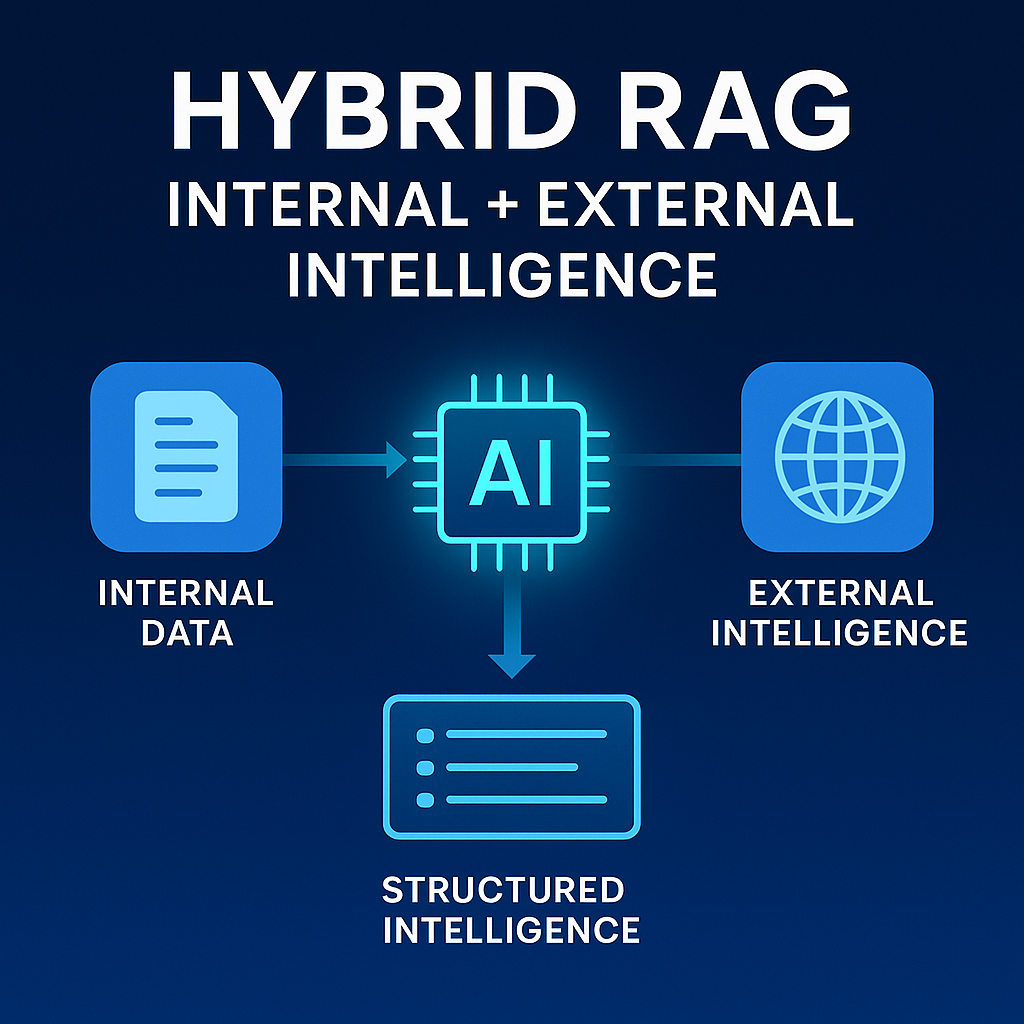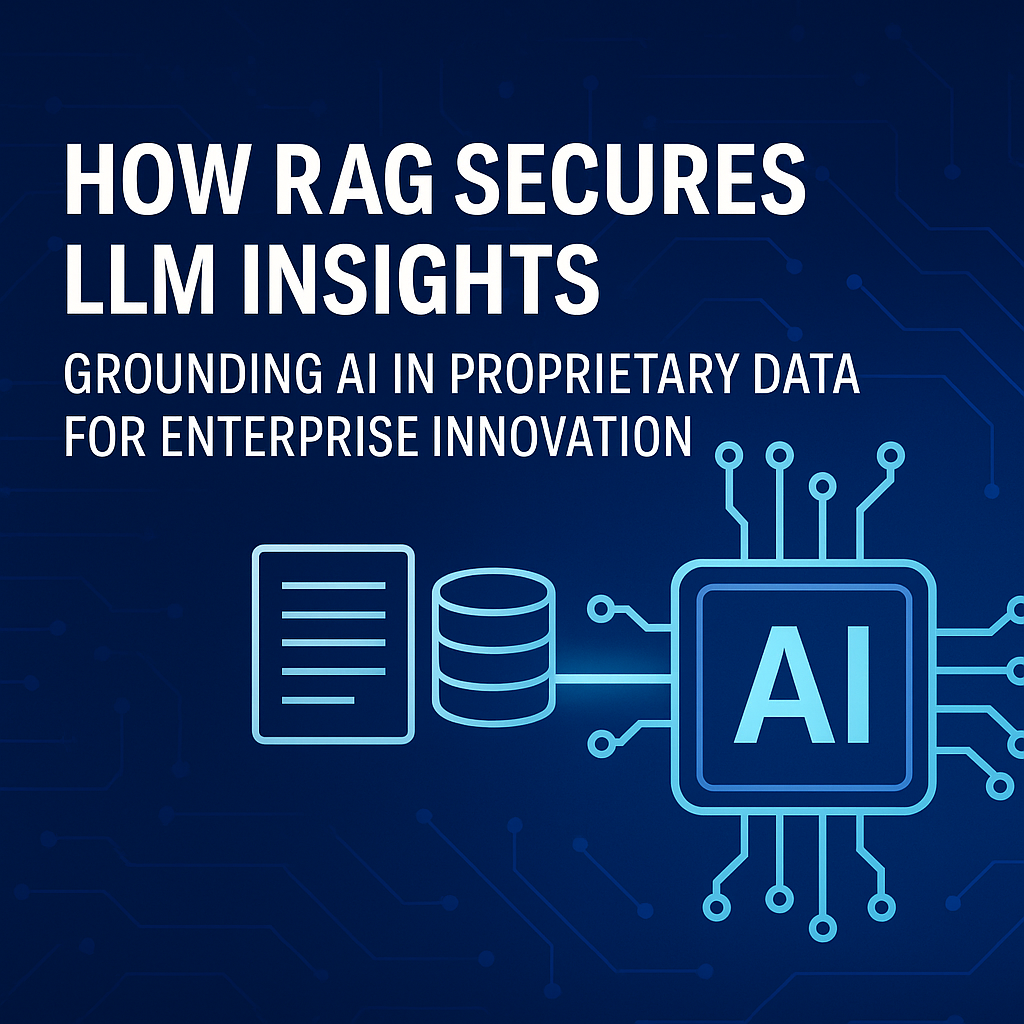Digital transformation is an ever-evolving process that has been accelerated by the pandemic. It involves the integration of digital technologies into all areas of a business or organization to improve efficiency, streamline processes, and provide better customer experiences. In this report, I will discuss the top five emerging technologies that are transforming various industries and providing innovative solutions to old problems.
Internet of Things (IoT)
- The Internet of Things (IoT) is a network of devices, vehicles, and appliances that can communicate with each other and share data through the internet. The IoT is transforming several industries, including healthcare, agriculture, manufacturing, and transportation.
In the healthcare industry, IoT devices are being used to monitor patients remotely, track medical equipment, and manage inventory. For example, wearable devices can monitor a patient's heart rate, blood pressure, and other vital signs, and alert healthcare professionals if there are any irregularities. In addition, IoT devices can track medical equipment and alert hospital staff when it needs maintenance or repair.
In agriculture, IoT devices can be used to monitor soil moisture, temperature, and other environmental factors that affect crop growth. This information can be used to optimize irrigation, fertilization, and other farming practices, leading to higher yields and better quality crops.
In manufacturing, IoT devices can be used to monitor machines and equipment, predict maintenance needs, and track inventory. This can help manufacturers reduce downtime and improve overall efficiency.
Artificial Intelligence (AI)
- Artificial Intelligence (AI) refers to the ability of machines to perform tasks that would normally require human intelligence, such as visual perception, speech recognition, decision-making, and natural language processing. AI is transforming several industries, including healthcare, finance, and retail.
In healthcare, AI is being used to develop personalized treatment plans, diagnose diseases, and analyze medical images. For example, AI algorithms can analyze medical images and identify tumors that may be missed by human radiologists.
In finance, AI is being used to automate mundane tasks such as data entry, fraud detection, and customer service. For example, chatbots powered by AI can interact with customers and answer their questions, reducing the need for human customer service representatives.
In retail, AI is being used to personalize customer experiences, optimize pricing strategies, and improve supply chain management. For example, AI algorithms can analyze customer data and recommend products that they are likely to purchase.
Blockchain
- Blockchain is a decentralized, distributed ledger technology that allows for secure, transparent, and tamper-proof transactions. It is being used in several industries, including finance, healthcare, and supply chain management.
In finance, blockchain is being used to streamline cross-border payments, reduce fraud, and improve financial inclusion. For example, blockchain can be used to verify the identity of individuals and businesses, reducing the risk of fraud.
In healthcare, blockchain is being used to secure medical records, improve drug supply chain management, and facilitate medical research. For example, blockchain can be used to securely store medical records and give patients more control over their data.
In supply chain management, blockchain is being used to track products from the manufacturer to the consumer, reducing the risk of fraud and improving transparency. For example, blockchain can be used to track the origin and authenticity of products, ensuring that they are ethically sourced and produced.
Robotic Process Automation (RPA)
- Robotic Process Automation (RPA) refers to the use of software robots to automate repetitive and manual tasks. RPA is transforming several industries, including finance, healthcare, and manufacturing.
In finance, RPA is being used to automate tasks such as data entry, account reconciliation, and fraud detection. For example, RPA can be used to automatically reconcile bank statements and identify transactions that are potentially fraudulent.
In healthcare, RPA is being used to automate administrative tasks, such as scheduling appointments and processing insurance claims. This can free up healthcare professionals to focus on more complex and critical tasks, such as patient care.
In manufacturing, RPA is being used to automate assembly line processes, quality control, and inventory management. This can help manufacturers reduce costs, increase efficiency, and improve product quality.
Augmented Reality (AR)
- Augmented Reality (AR) refers to the integration of digital information with the user's physical environment. AR is transforming several industries, including retail, education, and entertainment.
In retail, AR is being used to enhance the customer experience by allowing them to virtually try on clothes, visualize furniture in their homes, and access additional product information. For example, AR can be used to allow customers to see how a piece of furniture would look in their living room before making a purchase.
In education, AR is being used to enhance the learning experience by allowing students to interact with digital objects and simulations. For example, AR can be used to allow students to explore the human body or visit historical sites without leaving the classroom.
In entertainment, AR is being used to create immersive experiences for viewers. For example, AR can be used to create virtual tours of museums or allow fans to interact with their favorite sports teams in real-time.
Looking ahead
The digital transformation of various industries is an ongoing process, and the technologies discussed in this report are just a few of the emerging technologies that are transforming businesses and organizations. The Internet of Things, Artificial Intelligence, Blockchain, Robotic Process Automation, and Augmented Reality are providing innovative solutions to old problems and creating new opportunities for growth and efficiency. As technology continues to evolve, it will be interesting to see how these technologies continue to transform various industries and how businesses and organizations adapt to stay competitive. Here are a few more trends and predictions in this months Traction Report.
How can Traction Technology help?
Traction Technology is a ground-breaking platform engineered expressly to eliminate internal innovation silos, thereby enabling enterprises to seamlessly collaborate and align their business needs with promising technologies. By providing dynamic features that promote collaboration and innovation, they aim to accelerate digital transformation in the enterprise.
Here's how Traction Technology can help:
.png)
Discovery of Relevant Startups: Traction Technology helps established companies discover relevant advanced technologies aligned with their strategic goals and innovation areas. It curates startups based on different industries, technology trends, and areas of business interest, making it easier to find potential partners or investment opportunities and share this information across the enterprise.
Collaboration and Engagement Tools: Traction Technology offers tools that help manage the engagement process with startups. It provides a structured approach to evaluating, tracking, and managing interactions with multiple startups across multiple project and pilots, improving efficiency and collaboration.
Data-Driven Insights: The platform provides data-driven insights to help make informed decisions. This includes information on startup funding, growth indicators, customers and competitors, which can help in assessing potential startup partnerships.
Innovation Pipeline Management: Traction Technology aids in managing the innovation pipeline. It helps companies capture ideas and request and track innovation projects, monitor progress, and measure results in real time, promoting a culture of continuous innovation.
Track KPIs and Generate Custom Reports: Effortlessly track Key Performance Indicators (KPIs) with real time dashboards and generate custom reports tailored to your organization's unique requirements. Stay
.png)
ahead of the curve by monitoring projects progress and engagement.
By leveraging a platform like Traction Technology, established companies can gain a competitive edge, driving their digital transformation journey and adapting to the fast-paced business environment. It supports the integration of startup agility, innovation, and customer-centric approach into their operations, which is critical for success in the digital age.
About Traction Technology
We built Traction Technology to meet the needs of the most demanding customers, empowering individuals and teams to accelerate and help automate the discovery and evaluation of emerging technologies. Traction Technology speeds up the time to innovation at large enterprises, saving valuable time and money by accelerating revenue-producing digital transformation projects and reducing the strain on internal resources, while significantly mitigating the risk inherent in working with early-stage technologies.
Let us share some case studies and see if there is a fit based on your needs.
Traction Report Update: 23 ways AI could transform your business in 2023.
For more information
● Explore our software and research services.
● Download our brochure: How to Evaluate Enterprise Startups.
● Watch a demo of our innovation management platform and start your free trial.








.webp)